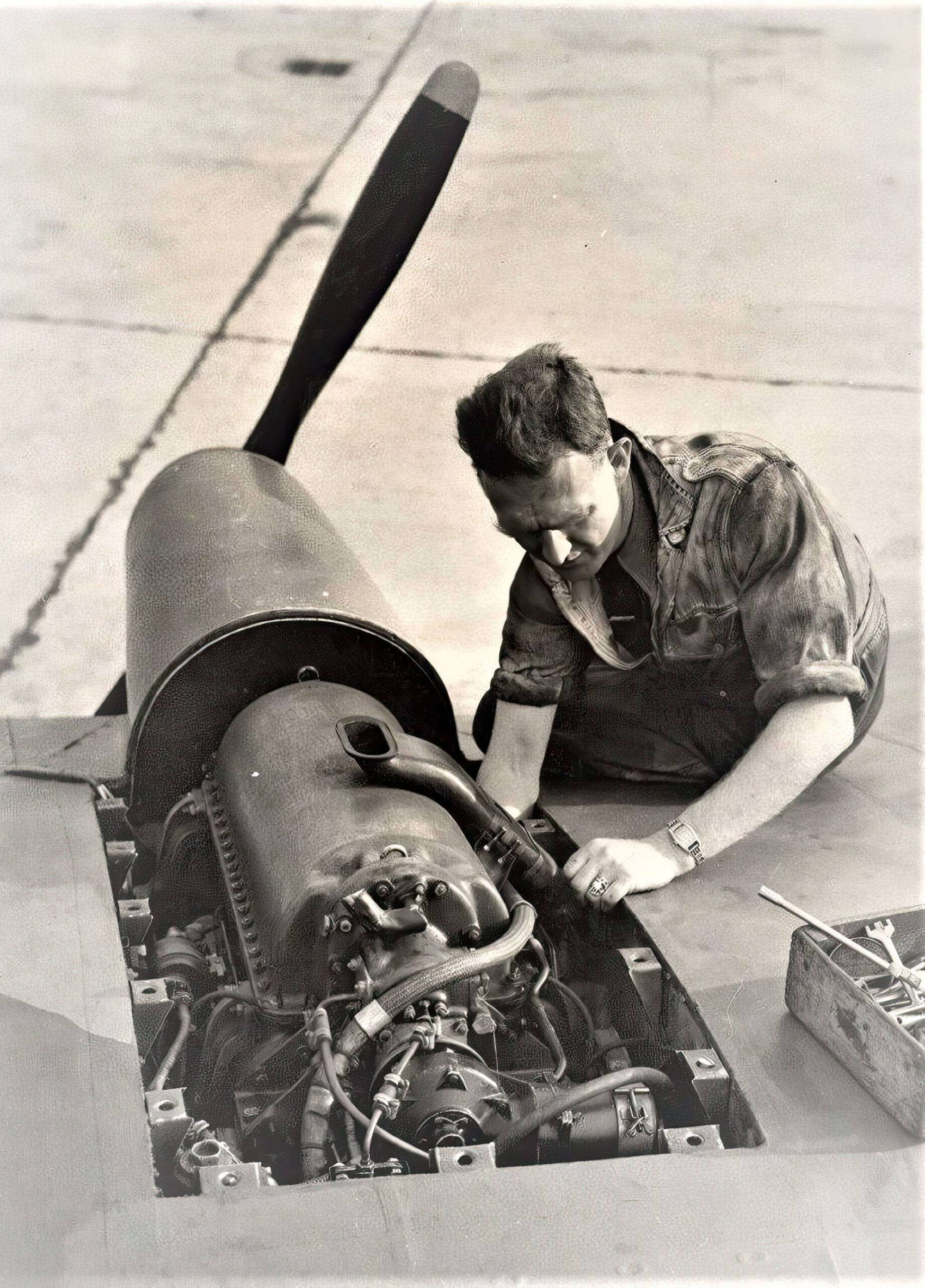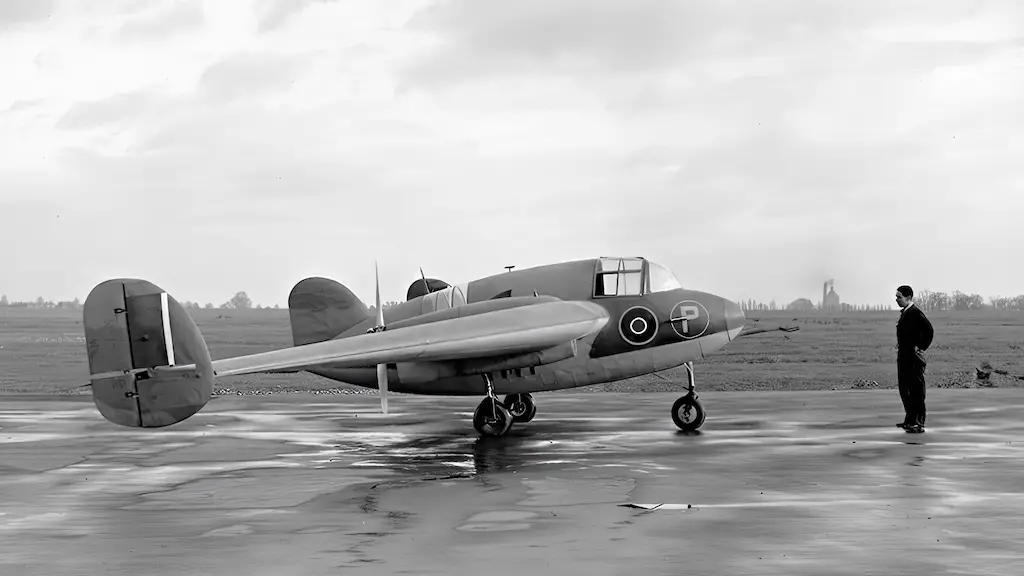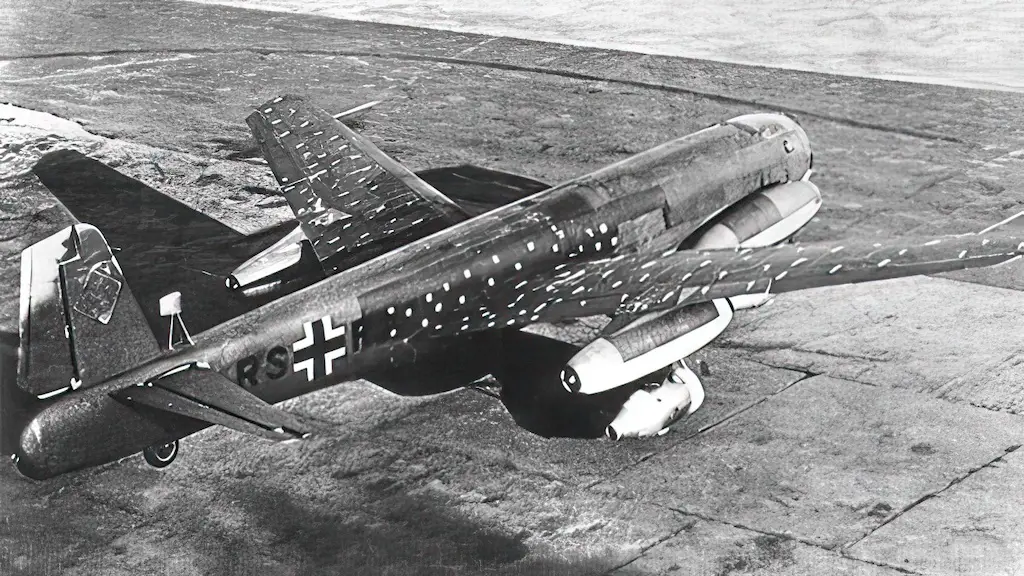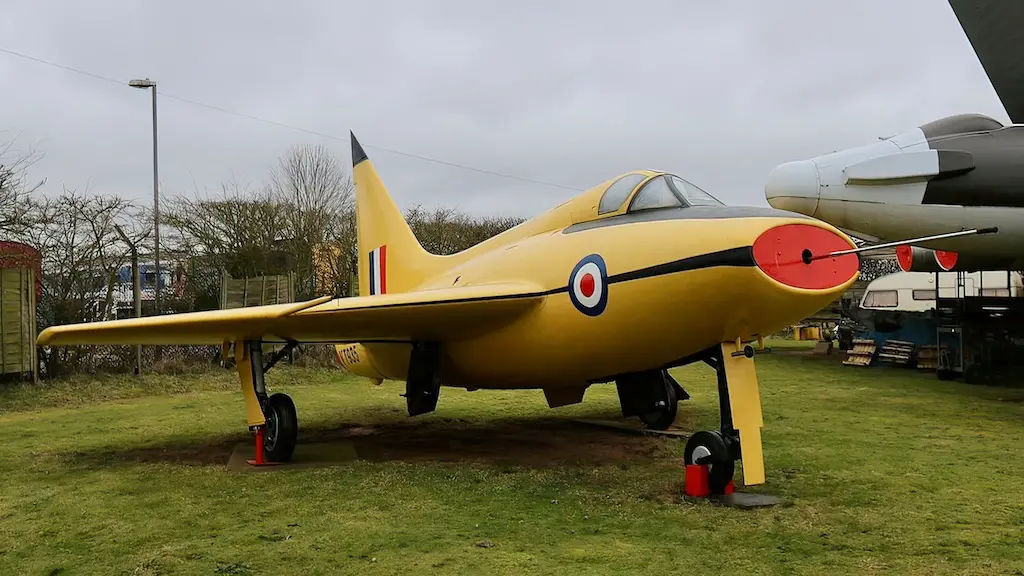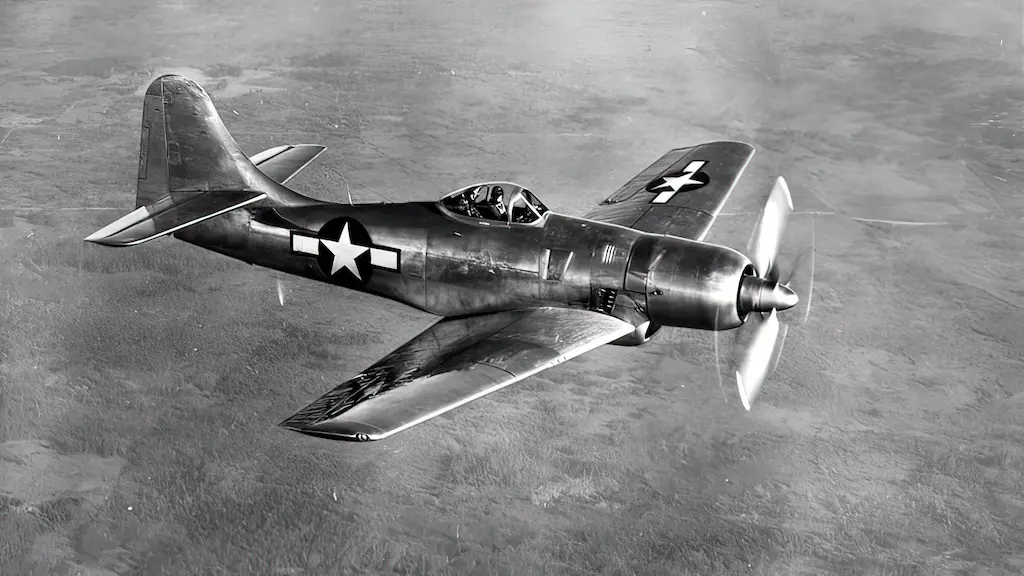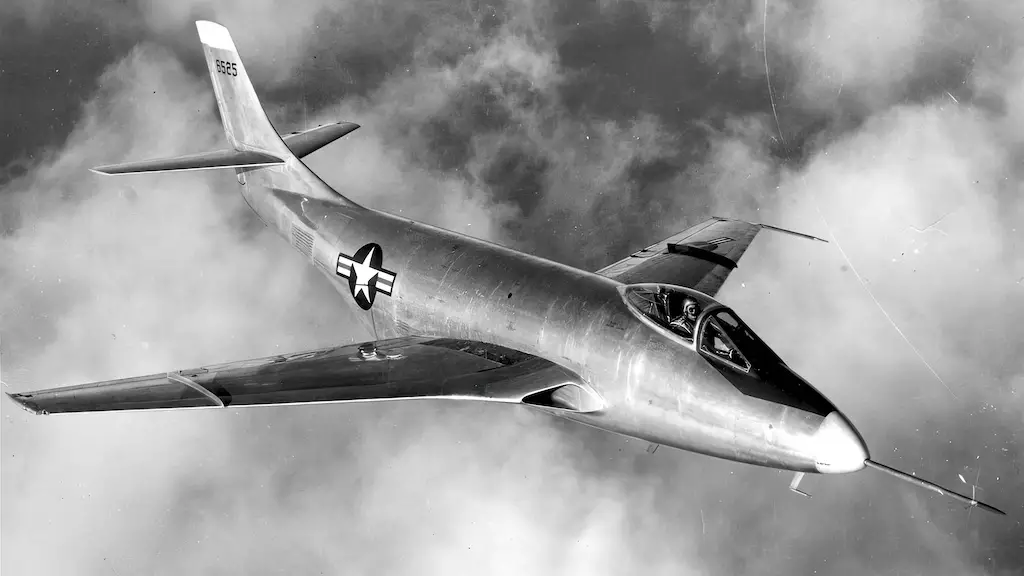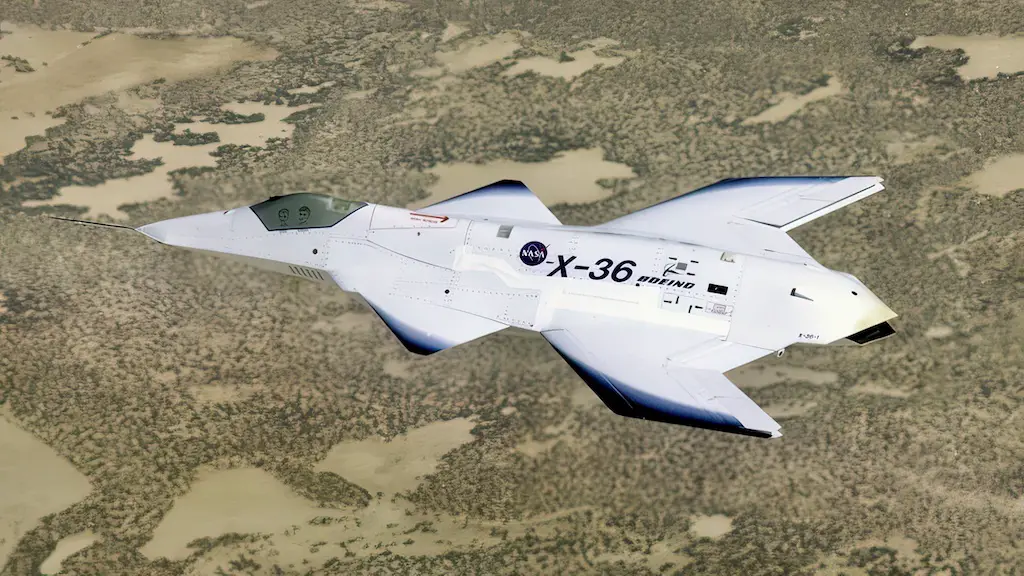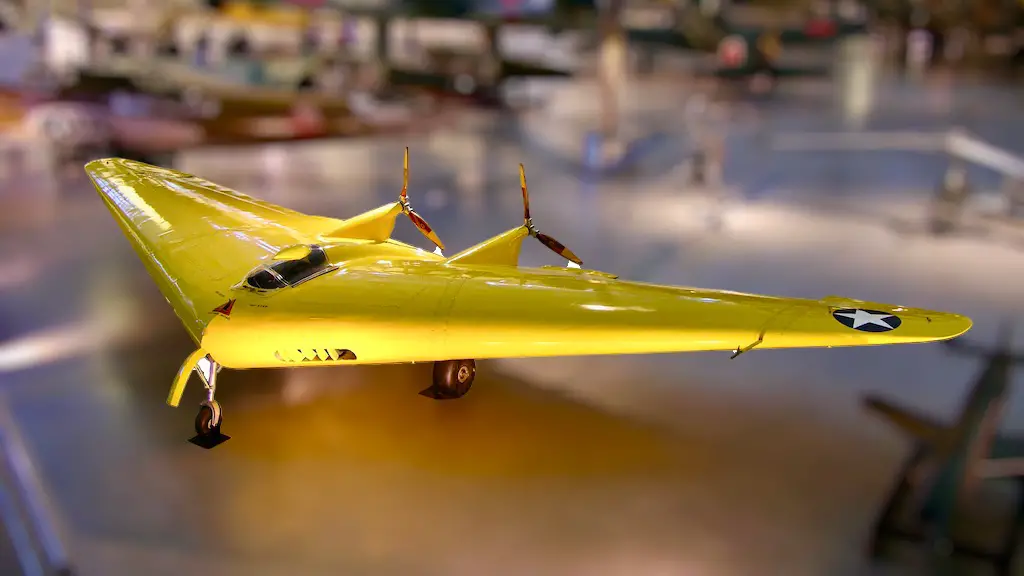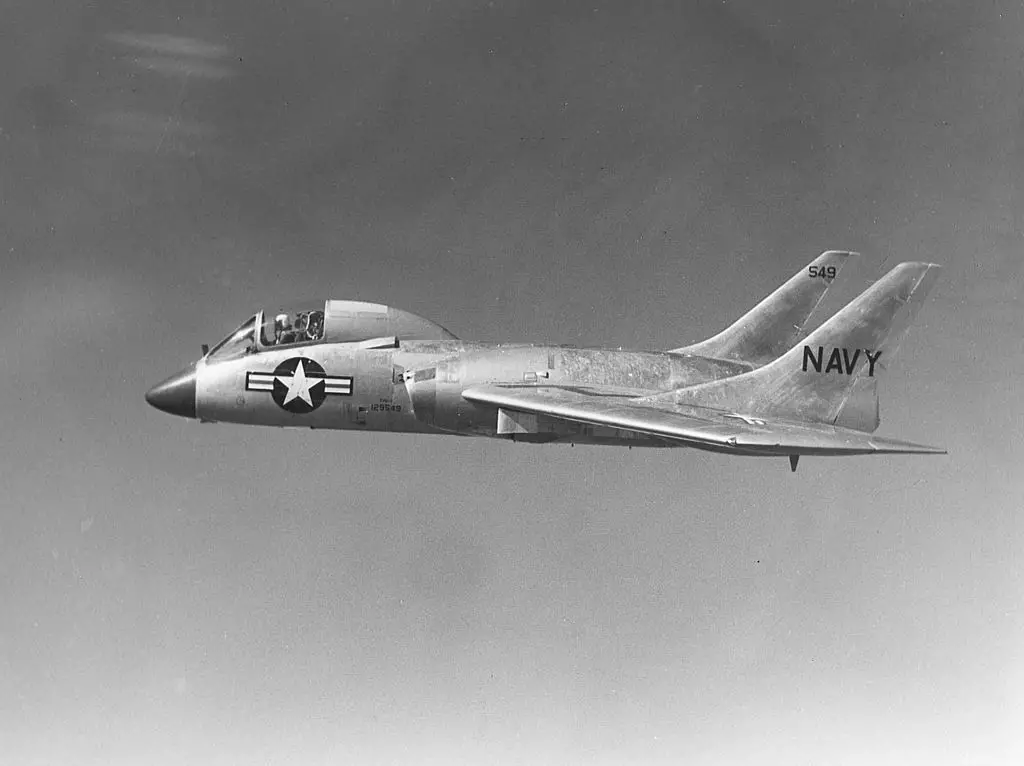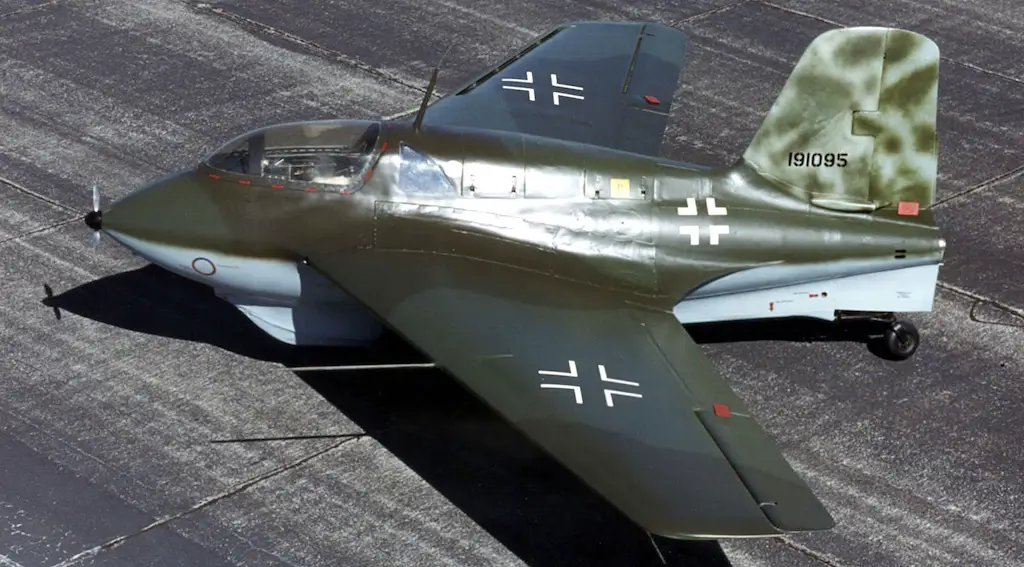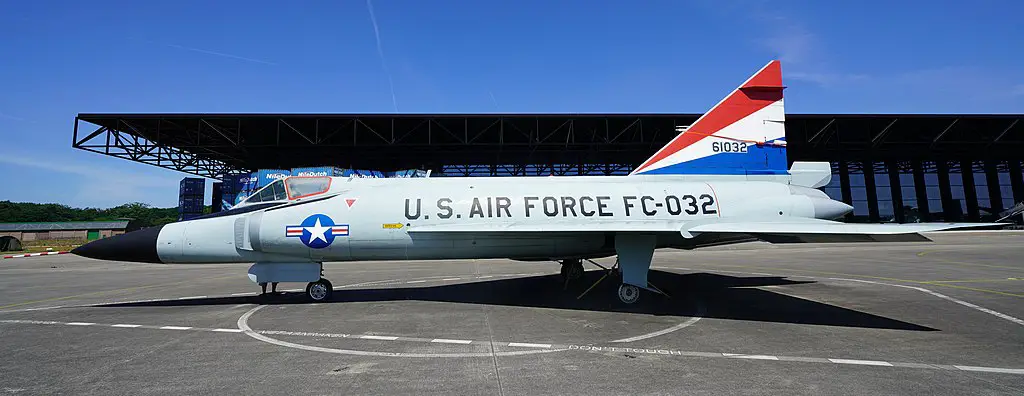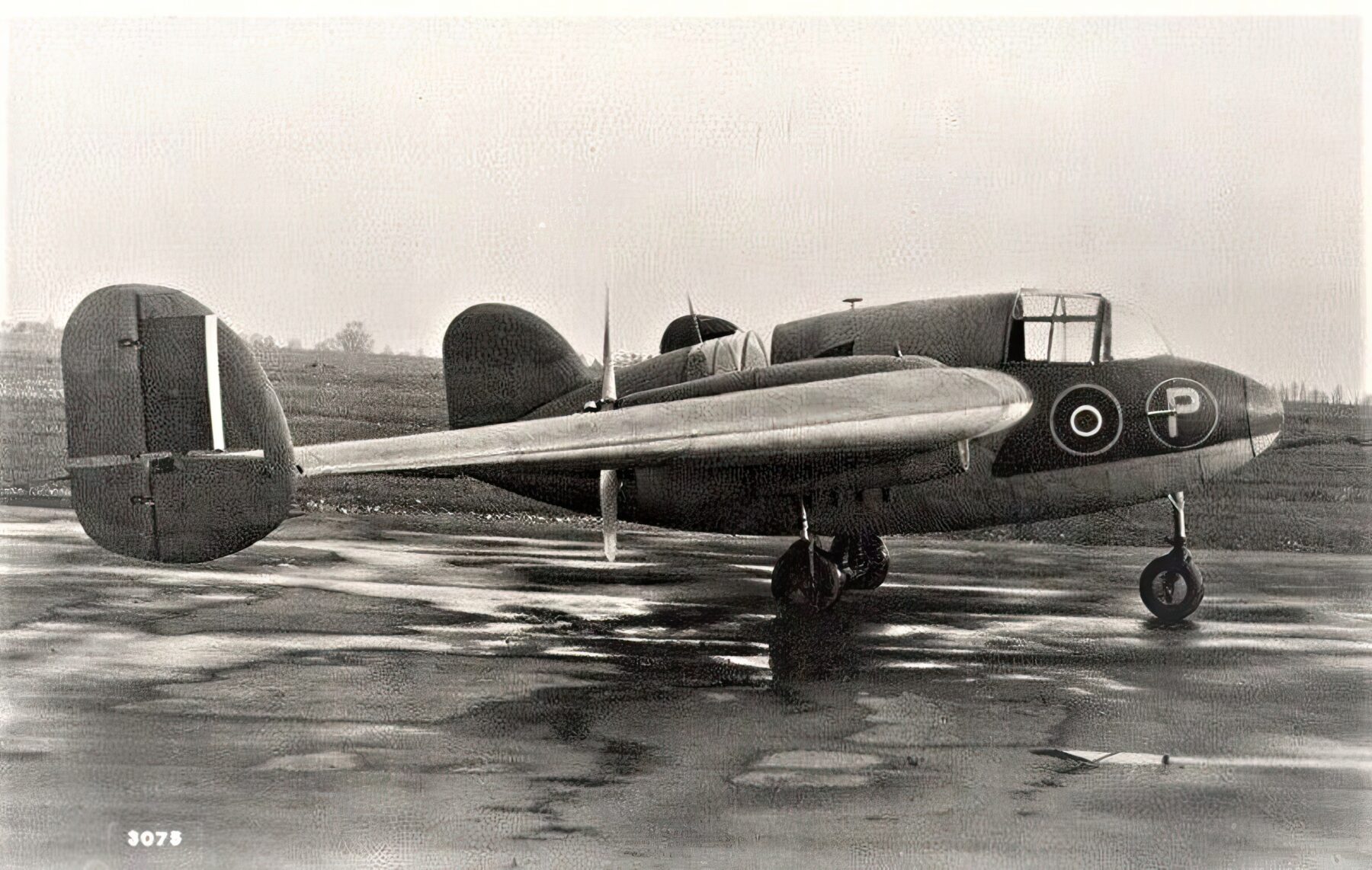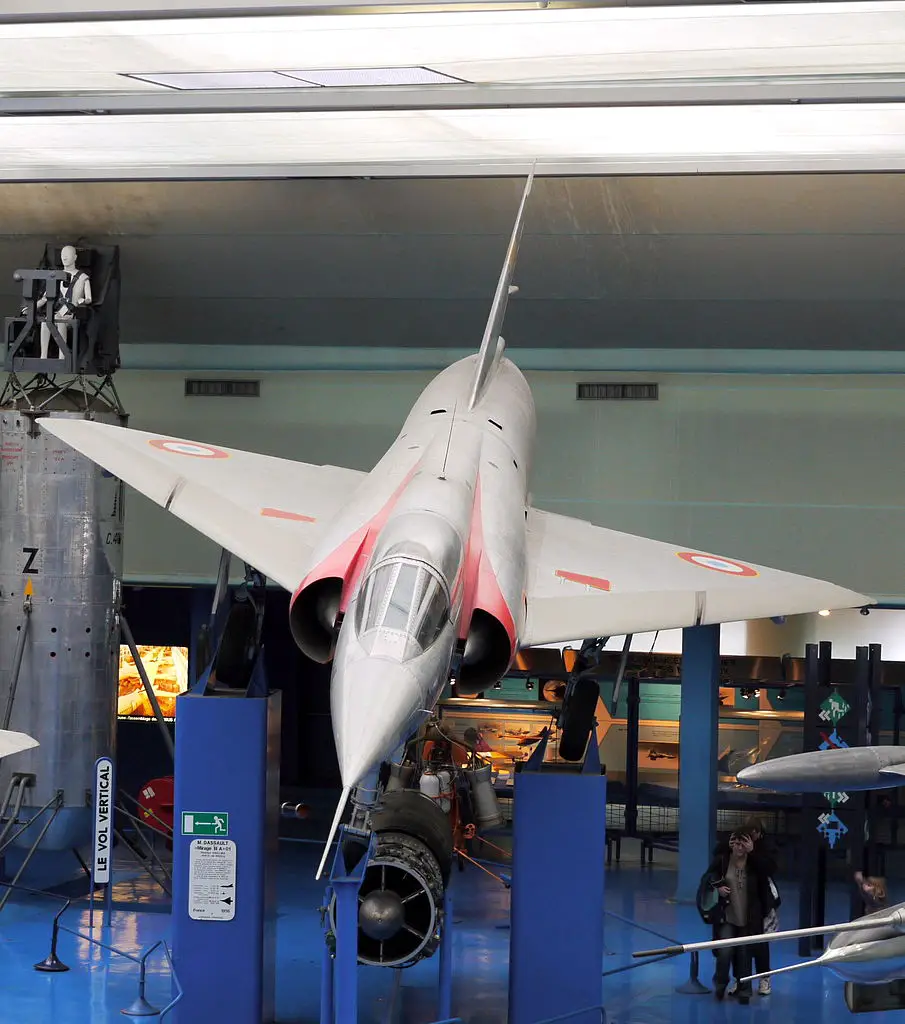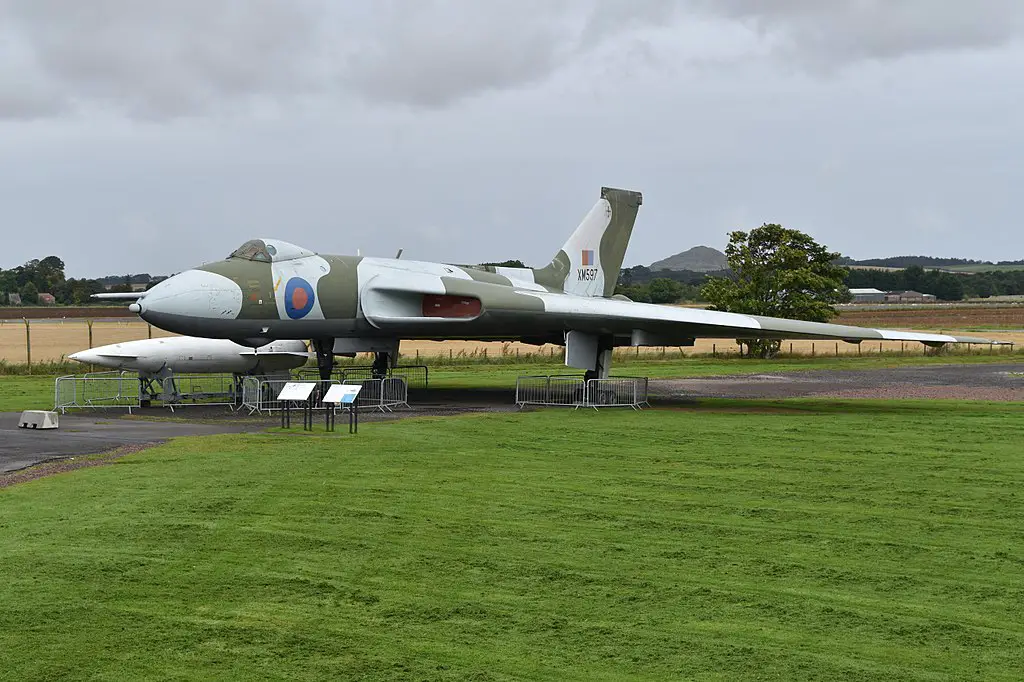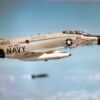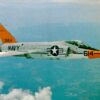The British experimental aircraft Handley Page HP.75 Manx was named after a breed of stub-tailed cats from the Isle of Man. The naming was not accidental. This small and somewhat bizarre airplane was built to investigate flying characteristics of a tailless design. Handley Page first flew it, when WWII was still in full swing, and the prototype was intended to gather data for possible development of a heavy escort fighter of similar configuration.
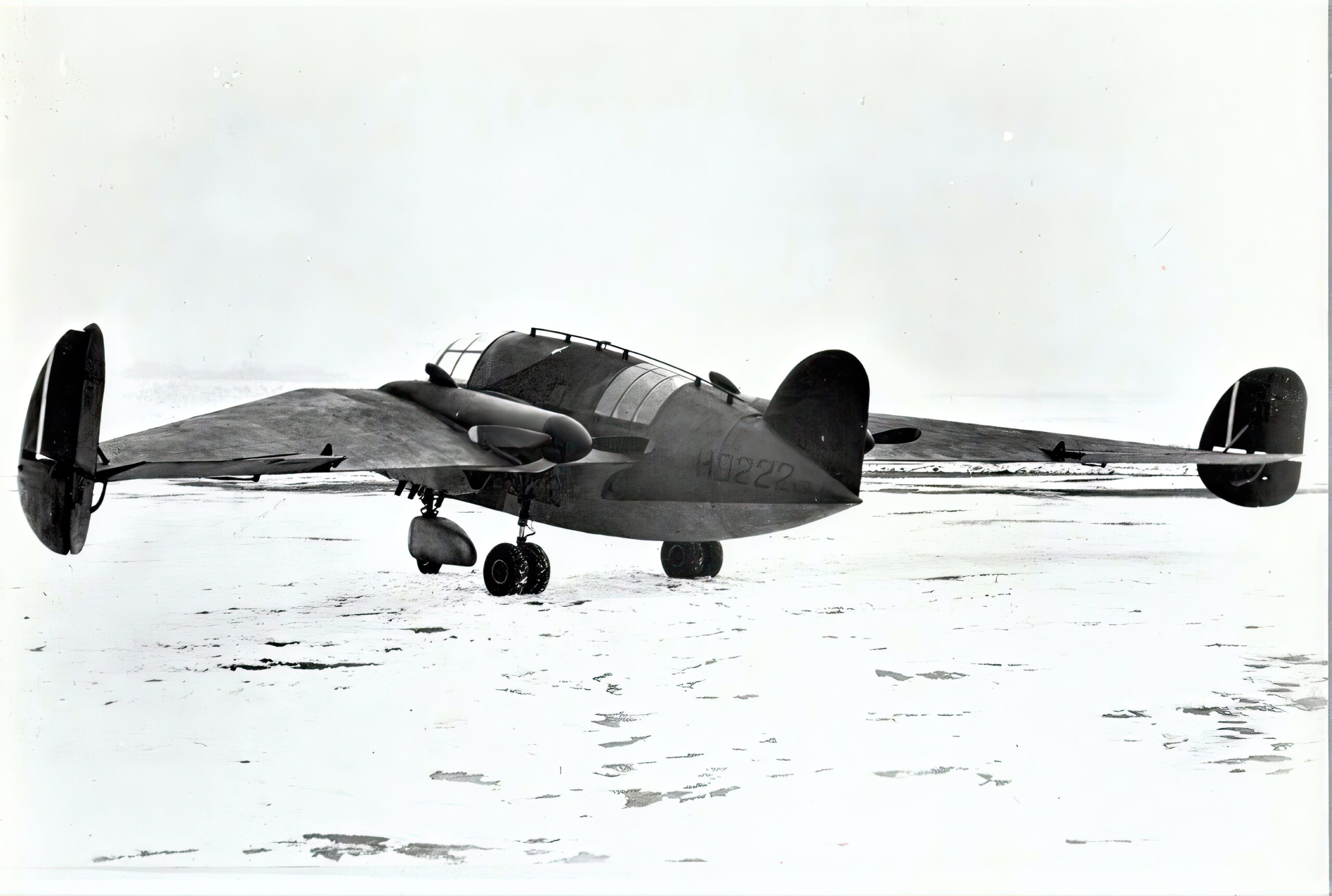
A protracted project
The work on Manx started as early as 1936. Initially, the idea was that Handley Page would design the airplane and another company, Dart Aircraft, would actually build it. However, the latter company had problems manufacturing it and Handley Page received it when the war had already broken out. That meant further delays for the project.
Besides, when the war began, the project’s chief designer Gustav Lachmann was interned as a German citizen. Owing to his colleagues’ demands, he was later permitted to work for the company from prison, but at the time his suspension hardly facilitated the progress of work on the Manx.
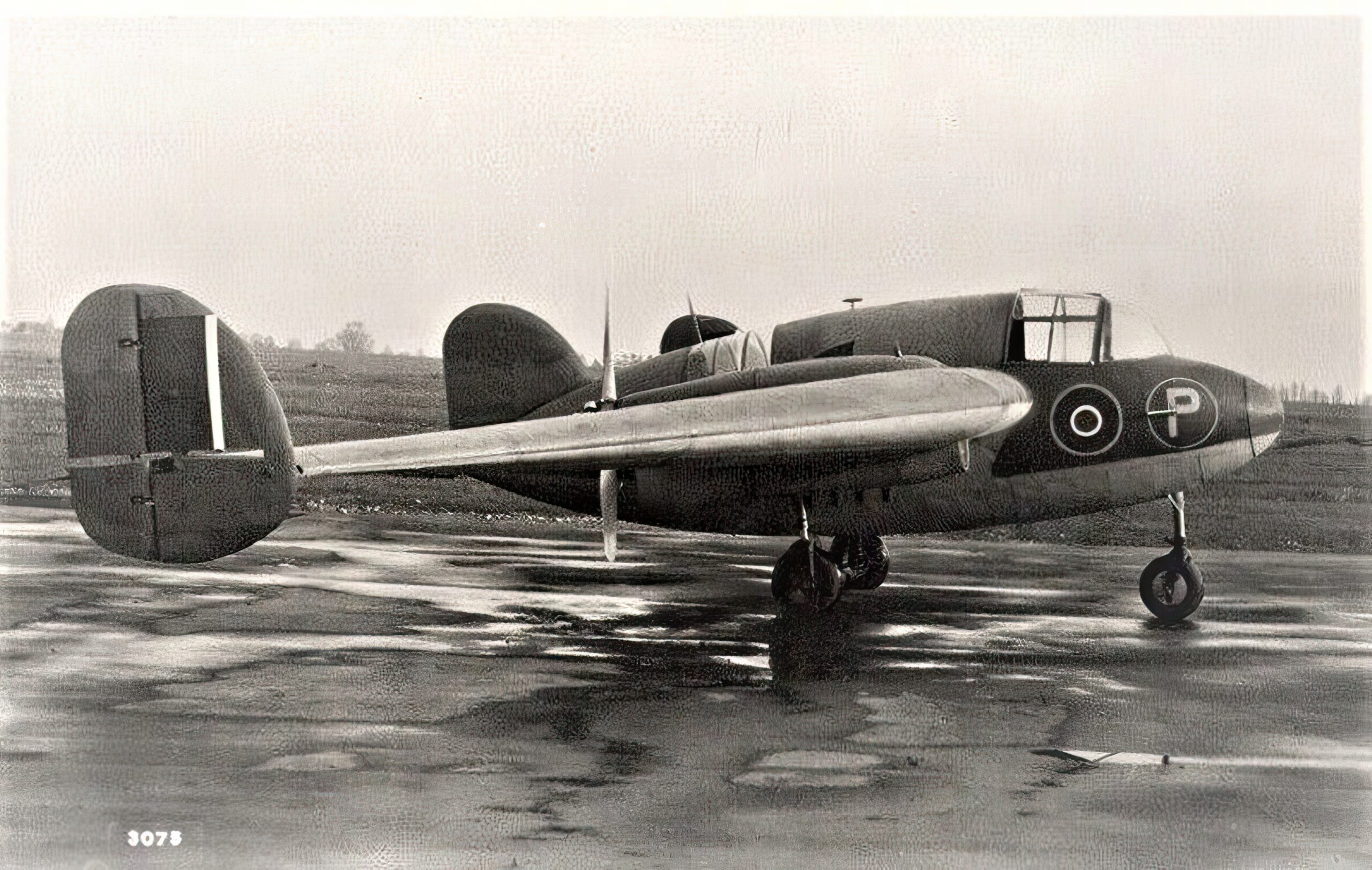
Although taxi trials of the Manx commenced as early as February 1940, the aircraft got into the air much later. In the words of a test pilot who got to taxi the Manx at the time, he felt that “something might collapse” at any moment. Consequently, the aircraft was only cleared for flight after a number of repairs and modifications which spanned several years.
It’s not that the British government wasn’t interested in the design. In fact, a Tailless Aircraft Advisory Committee was formed with the Royal Aircraft Establishment in July 1943 specifically to provide information on this sort of aircraft. It’s just that the need to sustain the ongoing war effort put its limitations on resources allocated for building experimental planes, with the mass production of more conventional aircraft always remaining a priority. Handley Page, in particular, was busy honoring its commitment to deliver the Halifax heavy bomber.
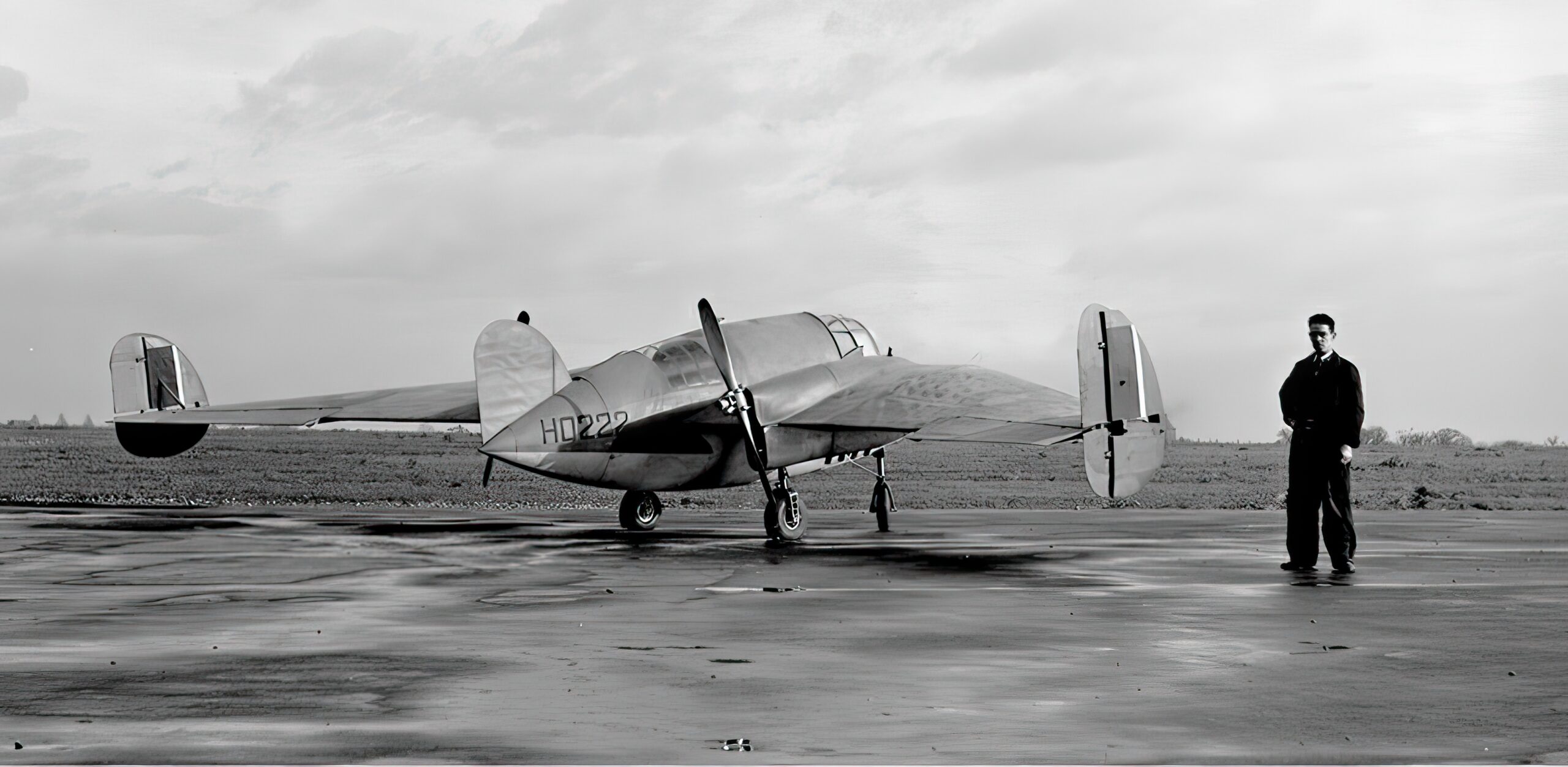
A big-winged little weirdo
The HP.75 had an 18-ft long teardrop-shaped fuselage housing a pilot and a rearward facing observer. It was dwarfed by huge wings with a span of whopping 39 ft. Each wing consisted of a straight section near the fuselage and a swept section featuring an elevon and ending with a wingtip rudder. The wingtip rudders were supplemented by a small central fin on the fuselage.
The aircraft was powered by a pair of 140-hp de Havilland Gipsy Major II air-cooled engines. The powerplants themselves were located in the center fuselage between the pilot and the observer. By means of flexible drive shafts they drove a pair of two-blade propellers mounted on the wings’ straight sections in a pusher configuration.
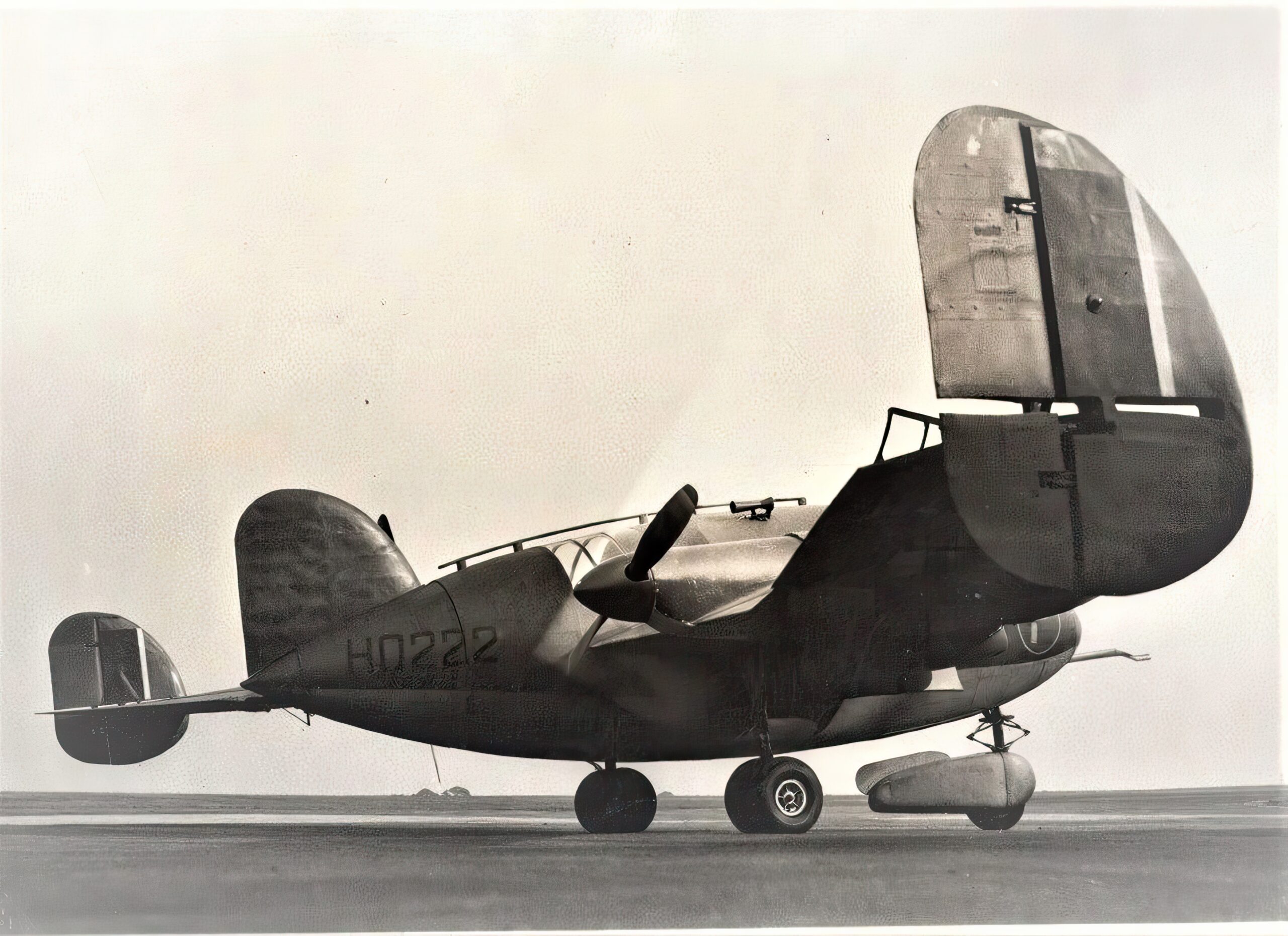
Other quaint features
The HP.75 had a very rare configuration of landing gear. While its main wheels were retractable, the nose leg was fixed and remained extended in flight. At a later stage of development, it received a fairing covering the wheel for aerodynamic streamlining.
Another unorthodox design solution applied by the Manx’s creators was the jettisonable tail cone. In case of emergency, the observer would get rid of this aircraft part to bail out as quickly as possible.
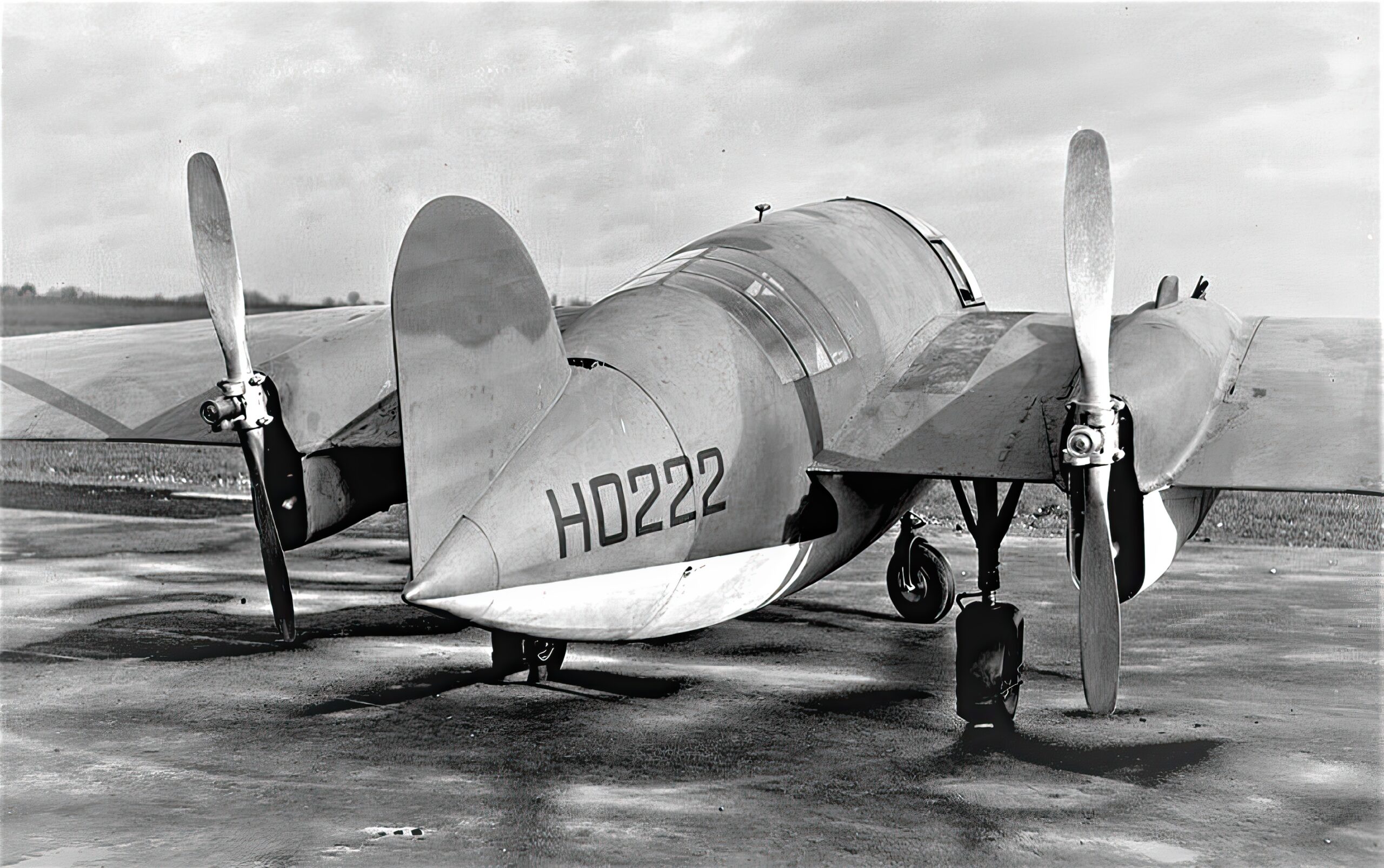
A viable but raw concept
At last, the prototype performed a ten-minute long maiden flight in June 1943. It didn’t last longer because the aircraft lost the canopy mid-air. Luckily, the pilot managed to make a safe landing. Overall, 31 flights totaling 17 hours were performed until April 1946. The aircraft proved to be significantly underpowered. It had a top speed of 146 mph and ceiling of mere 10,470 ft. The HP.75 also suffered from serious vibration issues. Despite all these shortcomings, test pilot Robert Kronfeld said that, compared with other tailless aircraft, the prototype was “a success in several ways and well worthwhile developing.”
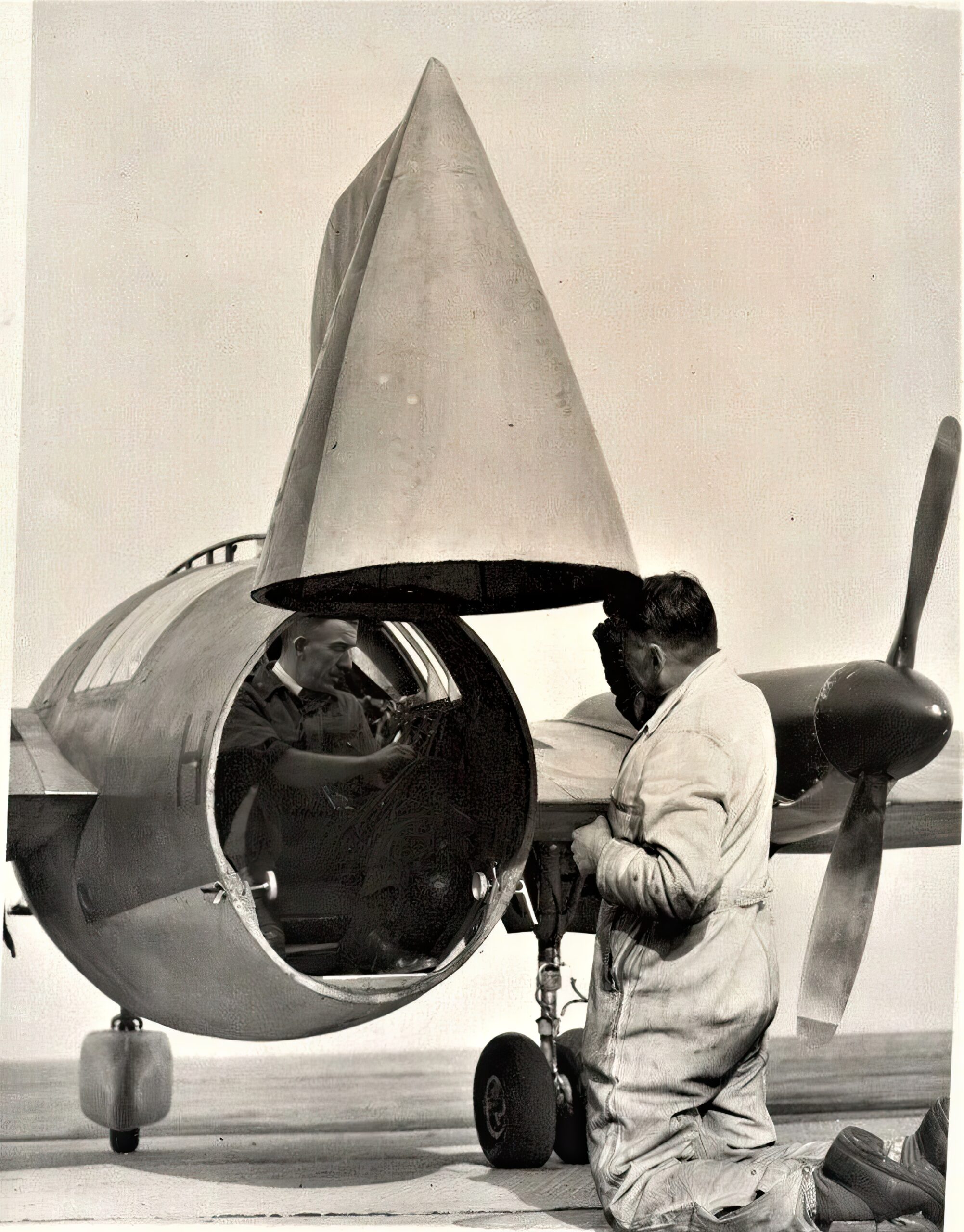
However, at the time issues of control and stability outweighed the advantage of decreased drag provided by the tailless scheme. Manx never went into production and the sole prototype was destroyed in 1952. Among tailless designs developed in the 1940s, only Messerschmitt Me 163 Komet and Vought F7U Cutlass saw mass production. And neither of them had a particularly brilliant track record.
The tailless breed really proliferated during the next decade, when the broad introduction of delta-shaped wings produced such legendary designs as Convair F-102 Delta Dagger, Avro Vulcan, and Dassault Mirage III.
